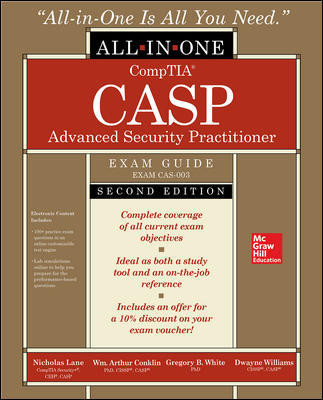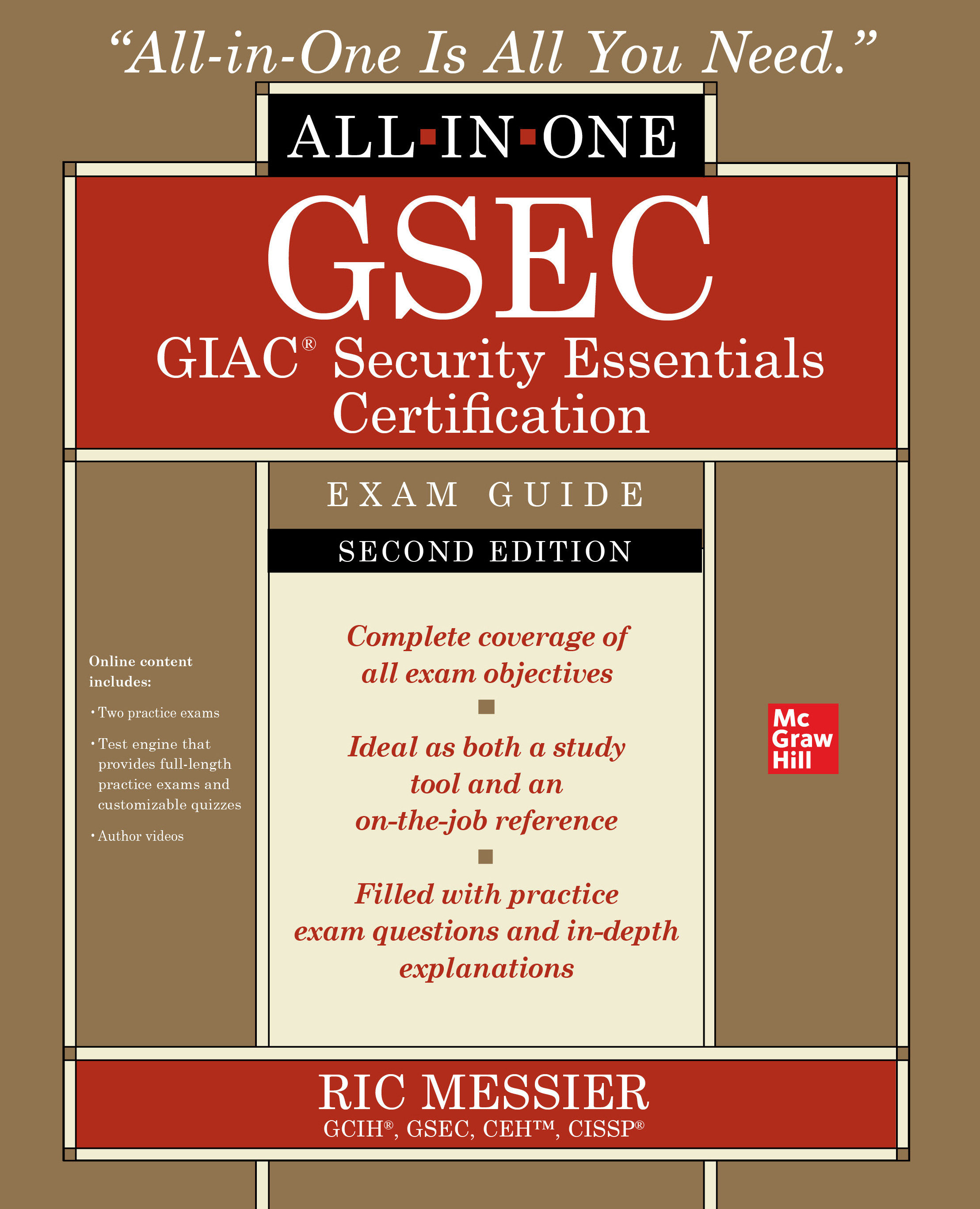As you’ve surely noticed if you’ve made it this far into the magazine, this month’s cover story is the SDM 100, an annual ranking by RMR of security companies that “earn their revenues from the sale, installation, service and monitoring of electronic security systems, such as intrusion and fire alarm, access control, video surveillance, and related low-voltage systems.”
The positive side is that the companies on this report produce hundreds of millions of dollars in recurring monthly revenue. The negative — well, let’s call it the cautionary side — is that there is a certain amount of vulnerability in that RMR.
To be effective and trusted — and worth the investment — alarm systems must have a timely response from authorities when they are activated. Some municipalities, though, having grown weary of sending police officers to check out alarm activations that turned out to be nothing, have moved to enact non-response policies. Sometimes euphemistically known as “verified response,” these policies generally state that police will not respond to an alarm unless the property owner first somehow verifies that the activation was legitimate. Such policies not only threaten to diminish the value of alarm systems, they also could make them dangerous. In a verified response community, an alarm activation will probably lead to a civilian responding first to the scene to determine if the police should be called. If no foul play was involved in setting off the alarm, no harm done. But what if the alarm went off for good reason? What if a crime is being committed? A non-law enforcement officer, almost certainly unarmed and untrained, has now been put in possible jeopardy.
Fortunately, there are much better solutions to the false alarm problem. The Security Industry Alarm Coalition (SIAC) has been taking the lead on this issue, not just working against verified response policies but working for approaches that meet the needs of alarm owners, the community and the industry. SIAC works with law enforcement agencies and elected officials across the country to educate them about successful alternatives to verified response and the benefits of promoting a set of best practices that includes:
• registration of alarm systems;
• escalating fines for false alarms;
• termination of response to chronic abusers after as few as three false alarms within a year;
• the use of “enhanced call verification,” in which central stations make two or more calls to alarm owners using different phone numbers before requesting a police response; and
• the use of alarm panels that comply with CP-01 standards drafted by the American National Standards Institute-accredited Security Industry Association Standards Department.
By themselves, some of these measures can reduce false alarms by double-digit percentages. Put them together, SIAC reports, and communities can put up numbers like Olympia, Wash., which cut false alarms by 84 percent, or Montgomery County, Md., which reduced them by 70 percent even as the number of alarm systems in the area increased by 300 percent.
The key to this is that SIAC does not take an adversarial role. Law enforcement agencies — even those that are considering managing tight budgets by eliminating alarm responses — are not opponents; they are partners. This is one issue in which all sides in the debate — law enforcement, local governments, alarm owners and the security industry — want the same thing: to minimize the time and resources spent responding to inadvertent alarm activations. By working with the other sides, instead of against them, SIAC and the industry have forged excellent relationships with the law enforcement community and have been able to promote a better way to deal with false alarms, one that protects citizens, preserves limited public resources and secures the future of an entire industry segment.
For more information about SIAC, including how to support its efforts to reduce false alarms, visit www.siacinc.org.








